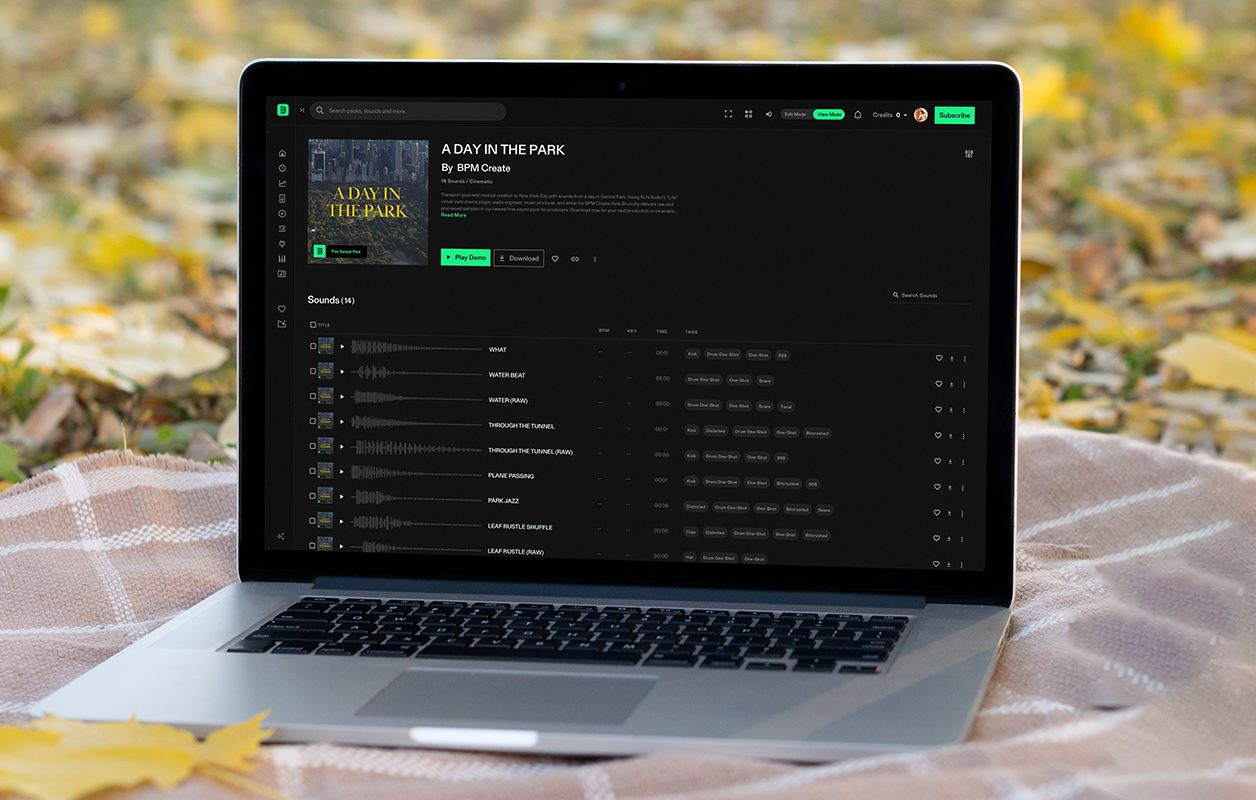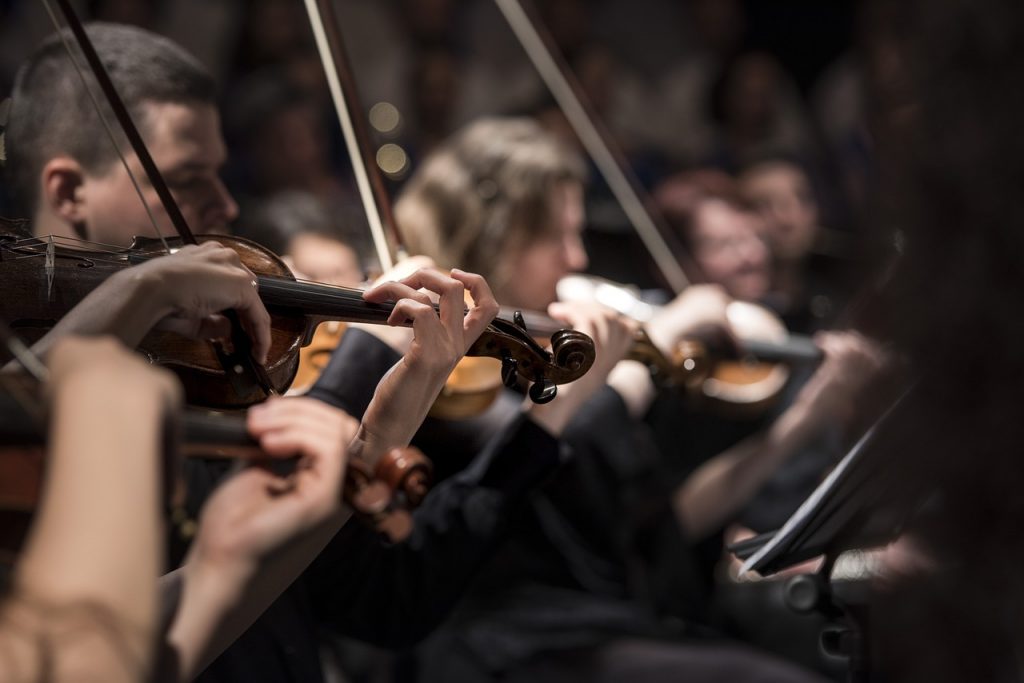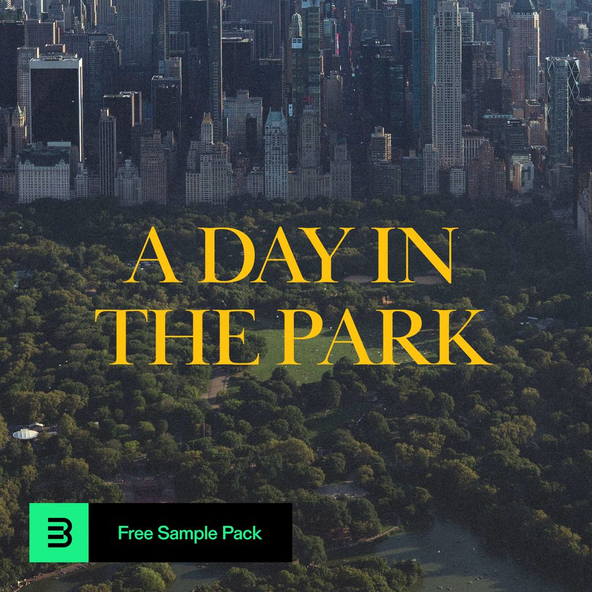
Cinematic sounds have the power to transcend listeners into new sonic realms. Even if you aren’t a composer, incorporating immersive sound design into your music is an excellent way to captivate your listeners. We’ll share some tried and tested strategies below so that you can start building intricate, lively beats.

5 Ways to Build Cinematic Beats
Creating cinematic beats is just a matter of curating the right sounds and mixing techniques in your sessions. These strategies will help you foster lively soundscapes in your music:
Use Cinematic Sound Packs
One of the best ways to build cinematic beats is to well, use cinematic soundscapes! BPM Create is proud to provide a plethora of picturesque samples like the sounds featured in this Cinematic Horror Elements sound pack. Using forward percussion, wide drones, and heart-stopping basslines, cinematic samples are designed to immerse listeners within new sonic worlds.
Unlock the Power of Field Recordings
From the lively ambiance in Marvin Gaye’s “Got to Give It Up,” to the isolating chatter heard in Lorde’s “A World Alone,” there’s nothing that brings a track to life quite like field recordings. XLN Audio presents an entirely new way to transform your recordings with their latest plugin, appropriately titled Life.
Using AI-powered randomization models, Life transforms your source files into groovy beats and unique sequences you can mix and match before manipulating further directly in your DAW. Dubbed the “happy accidents machine,” this plugin is extremely fun to play with, providing surprising results from even the most mellow recordings.
Even a simple door knock transforms into a cinematic impact hit using Life’s onboard FX. The plugin’s multiple compression and limiter algorithms coupled with its pitching features make just about anything musical.
Record samples directly into the plugin, use the handy companion mobile app or import audio from your favorite video clips to get started. From there, it’s just a matter of using intuitive randomization, pattern variation, and other sound control tools to make magic out of your recordings. You can shortlist different patterns and your sounds automatically synchronize from app to plugin to create a seamless beat-building experience:
I had a fantastic time playing with Life in Brooklyn, picking up sounds from a local park for the basis of my beat. The park ambiance, lake trickle, bird sounds, and overheard airplanes all provided a surprising foundational groove for the rest of my track. You can download the “A Day In The Park” pack for free here, featuring 14 raw and processed sounds to experiment with.
Opt for Wide, Creative Panning
Building a wider soundscape can help your beats sound more cinematic, particularly when you play with the sense of space using creative panning. The pre-chorus of “Don’t Take the Money” by Bleachers uses this effect beautifully, pulling the listener from hard right to hard left following the main vocal. You can also experiment with moving from a more narrow to wide soundscape by automating the pan over the chorus of your track.
Other effects like reverb and delay can also add some dimension to your track for a more cinematic feel. Just be sure to check for phasing issues while using any of these effects before solidifying your mix.
Automate Dynamics
If there’s one thing film soundtracks do a great job of is utilizing dynamics to create and release tension throughout a scene. To recreate this feeling, be sure to automate levels throughout your track. For instance, it’s common to have enhanced compression or a slight decibel boost during the chorus of a song to create contrast between the rest of the piece.
A great example of a dynamic track is “The Dog Days Are Over” by Florence and the Machine. This track effortlessly highlights different components through automatic dynamics, with the drums, vocals, and strings all taking center stage at different points throughout the arrangement.

Consider Some Orchestral Arrangements
There is nothing quite like strings when it comes to tugging on the heartstrings. Orchestral instruments masterfully bring emotion to the forefront of your tracks, which is why so many film scores rely on their sonic profiles.
Live string samples, or even select virtual instruments can instantly build an ethereal quality into your soundscapes. Songs like “Spotlight” by Jessie Ware or “Lovegod” by Sarah Kinsley do an excellent job of drawing you in with their stringscapes.
When in doubt, take a listen to some of your favorite film scores to gather inspiration for your otherworldly beat-building. These tools and techniques should serve as the perfect starting point for your creations, but don’t be afraid to bring your unique perspective to the table – manipulate, resample, and experiment! Have fun creating with these cinematic sound design techniques. Don’t miss a chance to download my sound pack, “A Day In The Park,” for free on BPM Create.


